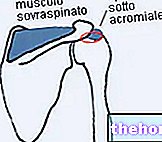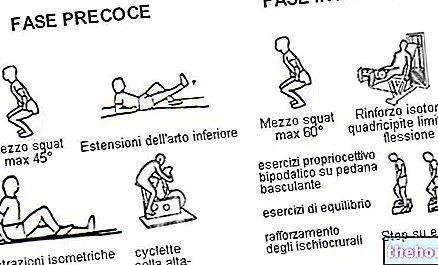Edited by Dr. Luigi Ferritto
Introduction
The intense workouts that athletes who practice competitive sports undergo lead to structural changes of the heart which, while trespassing towards the limits of the pathology, are an expression of the physiological adaptation of the cardiovascular system to effort, and therefore substantially leave the "normal" heart.
Engagement in dynamic or isotonic exercise determines an overload of volume and involves an increase in heart rate, an increased venous return and a fall in peripheral vascular resistance, especially in the muscular district.
The central morphological adaptation model involves an increase in the end-diastolic volume of the left ventricle with mild parietal hypertrophy (eccentric hypertrophy). In fact, the increase in muscle wall stress, which would occur due to the dilation of the left ventricular cavity, is normalized through a moderate increase in the wall thickness in accordance with Laplace's law.

Materials and Methods
At the "sport cardiology clinic of the Athena Clinic" Villa dei Pini "we studied the morphology and cardiac function, using echocardiocolordoppler" GE Vivid 3 ", of a group of 16 master athletes practicing competitive endurance sports and a group of 16 sedentary subjects or mostly dedicated to recreational sports activities.
The group of athletes had an "age between 24 and 37 years, a resting heart rate between 37 and 48 b / min", systolic and resting blood pressure values of 110 ± 10 mmHg and diastolic values of 75 ± 5 mmHg, an SpO2 of 99%, practiced 12-20 hours of intense sporting activity weekly and all were suitable for competitive activity.
The group of sedentary subjects had an "age between 26 and 37 years, a resting heart rate between 60 and 80 b / min", systolic and resting blood pressure values of 120 ± 10 mmHg and diastolic values of 80 ± 5 mmHg, an SpO2 of 98% and occasionally (2-3 hours a week) physical activity.
We evaluated for both groups the left ventricular diameter in diastole, the thickness of the interventricular septum and the posterior wall of the left ventricle in diastole, the ejection fraction of the left ventricle, the left atrial diameter using the M-mode method, and the functionality of the valves, using Color-Doppler.
Results
The left ventricle in diastole was found to be between 54 mm and 62 mm in the athlete group while in the sedentary group it was between 47 mm and 52 mm.
The thickness of the interventricular septum in diastole was between 11 mm and 13 mm in the athletes while in the sedentary group it was between 8 mm and 10 mm.


The thickness in diastole of the posterior wall of the left ventricle was between 11 mm and 13 mm in the group of athletes while in the group of sedentaries it was between 9 mm and 10 mm.
The ejection fraction was found to be between 60% and 70% in the group of athletes while in the group of sedentary people between 70% and 80%.
The left antero-posterior atrial diameter in the left parasternal long axis was between 37 mm and 41 mm in the group of athletes while in the group of sedentaries it was between 24 mm and 35 mm.
We then evaluated the functionality of the valves, paying particular attention to continence, assuming that the valve structures were anatomically normal in all subjects.
Mitral valve regurgitation was found in the athlete group in 11 subjects (69%), while in the sedentary group only in 5 subjects (31%).

Regurgitation of the tricuspid valve was found in the group of athletes in 12 subjects (75%), while in the sedentary group in 8 subjects (50%).
This systolic jet was also displayed by the color Doppler in blue, with a small one

Pulmonary valve regurgitation was found in the athlete group in 11 subjects (69%), while in the sedentary group in 7 subjects (44%). On Color Doppler regurgitation was represented by a homogeneous red color that extended into the right ventricle for no more than 2 cm, occupying almost the entire diastole.
No aortic regurgitation was found in either subject of either group.
Discussion and bibliography »



























